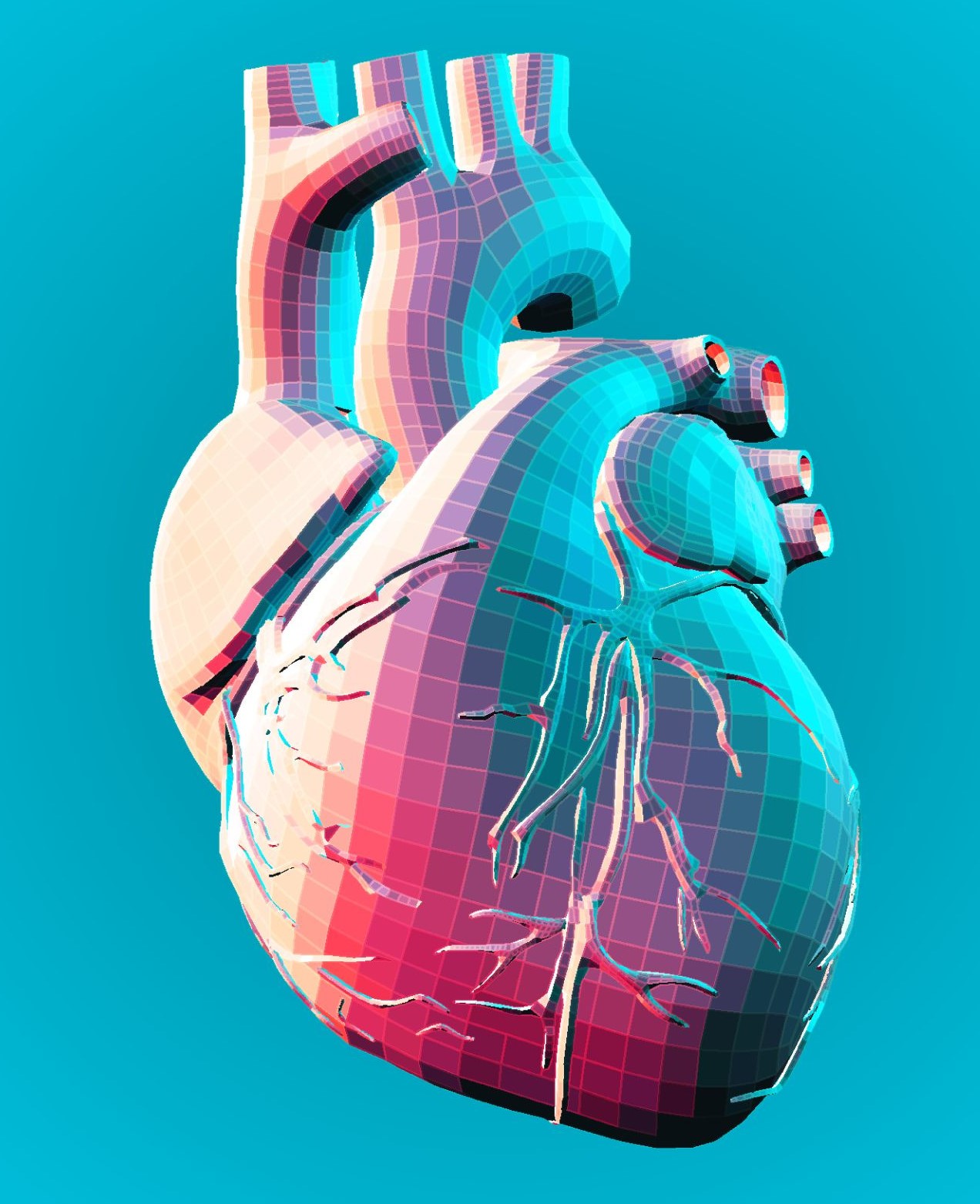This week in LexiMed Educates we are looking at a potentially fatal condition that is of an increasing danger to the westernised society; the heart attack.
There were 22,983 deaths in 2006 due to coronary heart disease. This was 17% of total deaths of that year. It is also worth knowing that women may have very different symptoms from men when suffering a heart attack.
What Happens During a Heart Attack?
Your heart is a muscular pump that requires a constant supply of oxygen. The oxygen is delivered via a rich blood supply carried by the arteries, which runs across the surface of the heart muscle. A heart attack occurs when the blood supply to the heart is interrupted. Once the heart muscle tissue (myocardium) stops receiving oxygen, it will begin to die or becomes permanently damaged (infarction).
Causes
The main cause of a heart attack is arteriosclerosis, which causes coronary heart disease. The arteries become blocked by plaque formations and the plaque itself develops cracks (fissures) or tears. Blood platelets stick to these tears and form a blood clot (thrombus). A heart attack can occur if this blood clot completely blocks the passage of oxygen rich blood to the heart, or prevents enough oxygen getting to the heart, for example during exertion of some kind. There are many factors which can increase an individual’s likelihood of suffering from a heart attack. These include:
- diabetes;
- genetic predisposition;
- male gender predisposition;
- shock;
- high blood pressure;
- smoking;
- high fat diet; and
- arrhythmia.
Symptoms
As mentioned in the first paragraph, symptoms of a heart attack actually differ between men and women. It is well documented that symptoms are usually acute and may only give the patient a few minutes to obtain medical assistance, however, more recent research indicates that women often experience new or different physical symptoms as long as a month or more before experiencing a heart attack.
| Symptoms Reported by Women: | General Symptoms: |
| – unusual fatigue; – sleep disturbance; – shortness of breath; – indigestion; and – anxiety. | – sweating; – severe chest/arm pain; – bad indigestion; – squeezing or heavy pressure; – light-headedness, dizziness; – vomiting; – palpitations; and – shortness of breath. |
Markedly, symptoms reported by women showed a distinct absence of chest pain, one of the main symptoms in men. Some heart attacks occur with no symptoms reported at all, these are known as ‘silent heart attacks’ and inevitably, have a higher incidence of fatality than heart attacks without symptoms.
Prognosis
An individual’s ability to recover from a heart attack greatly depends on the time delay between the onset of the heart attack and the receipt of medical attention. The quicker the patient receives treatment, the quicker blood supply is restored and the less heart muscle is destroyed. This is why the silent heart attack can be so much worse. Heart attacks may be rapidly fatal, evolve into a chronic disabling condition, or lead to full recovery. The long term prognosis for both length and quality of life after a heart attack depends on its severity and the preventive measures taken afterward.
Heart Attack Facts
- Men get coronary heart disease more commonly than women.
- Cardiovascular disease affects more than 3.4 million Australians.
- Cardiovascular disease claimed the lives of almost 48,500 Australians (34% of all deaths) in 2008 – deaths that are largely preventable.

